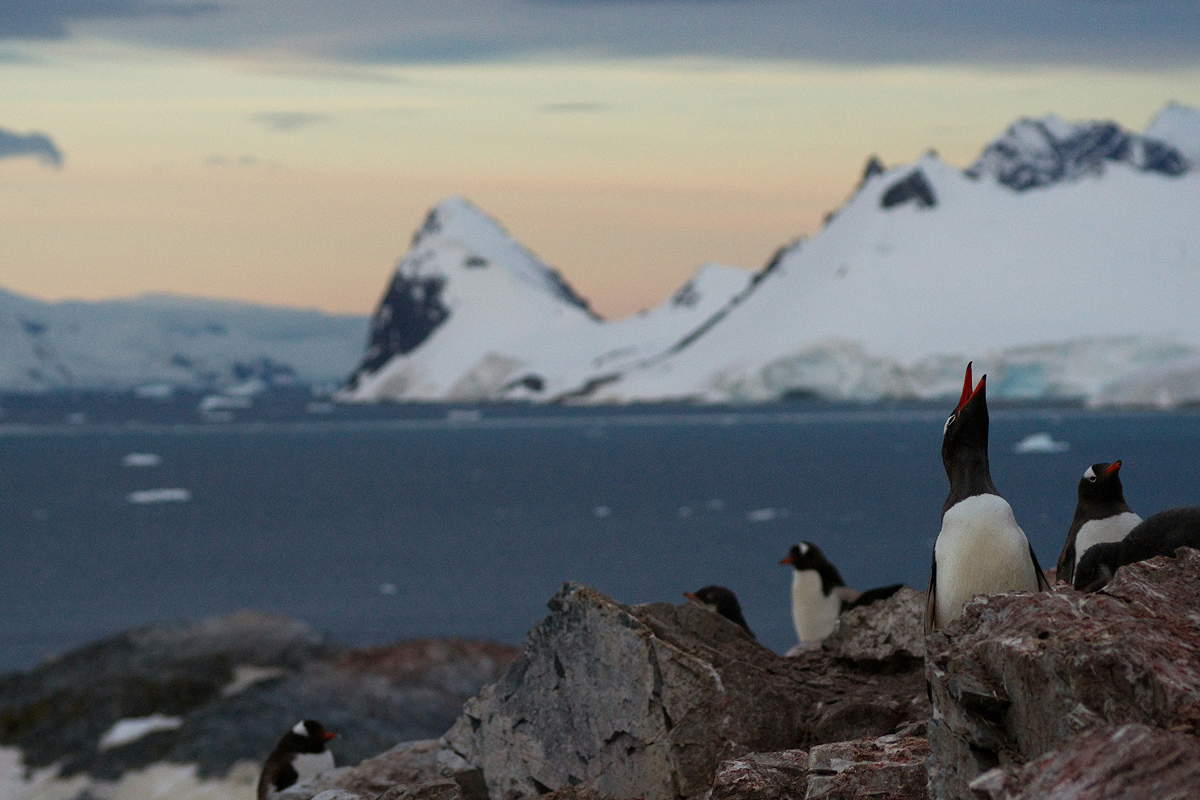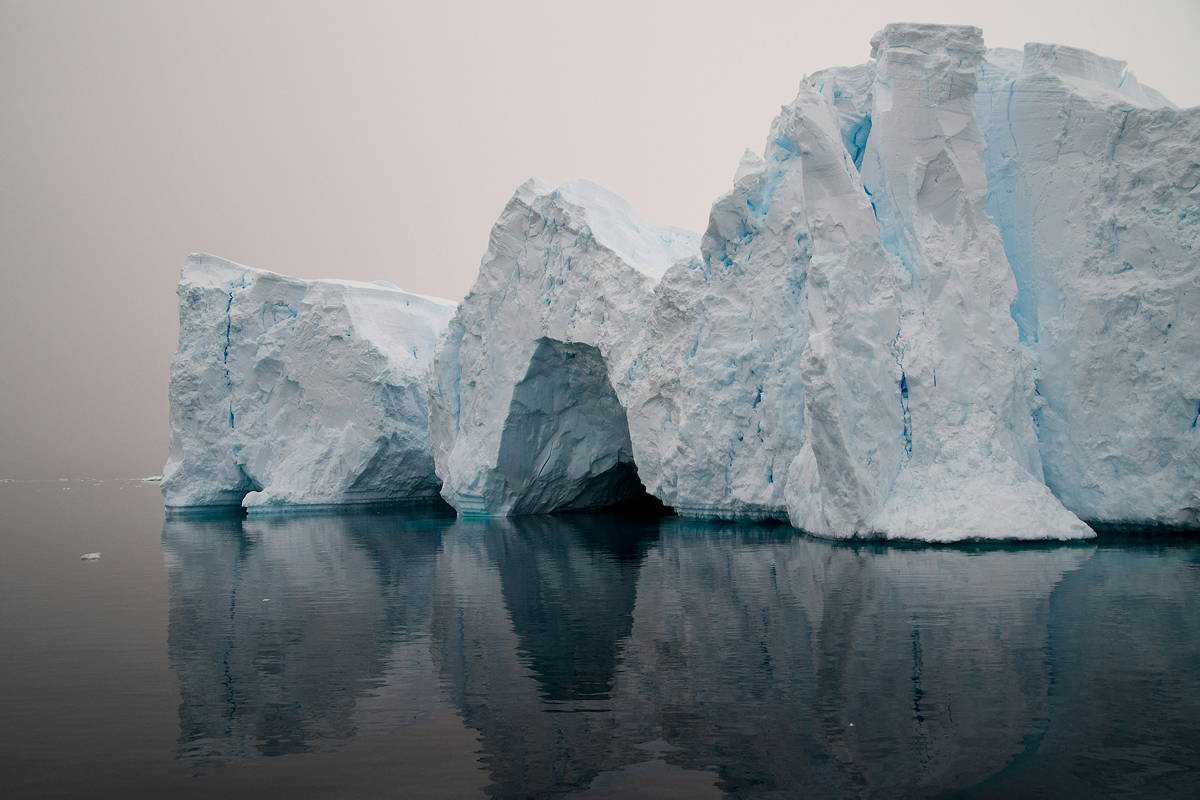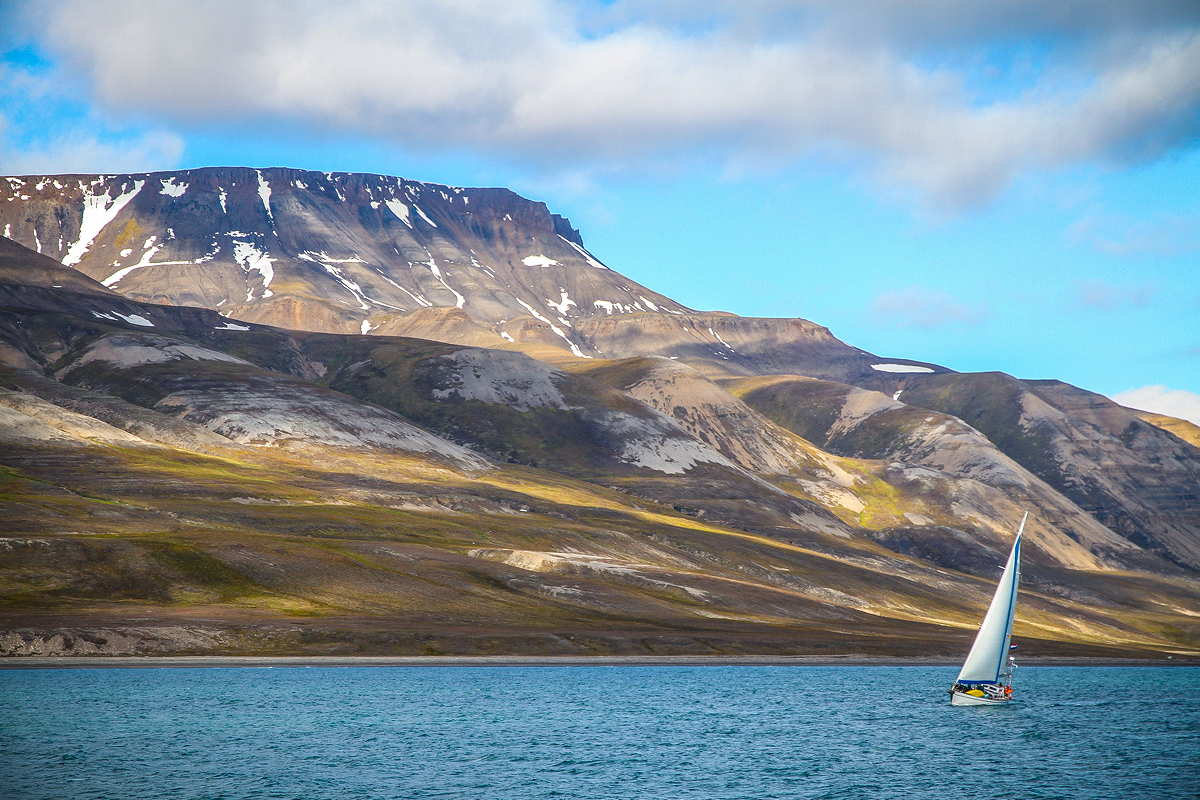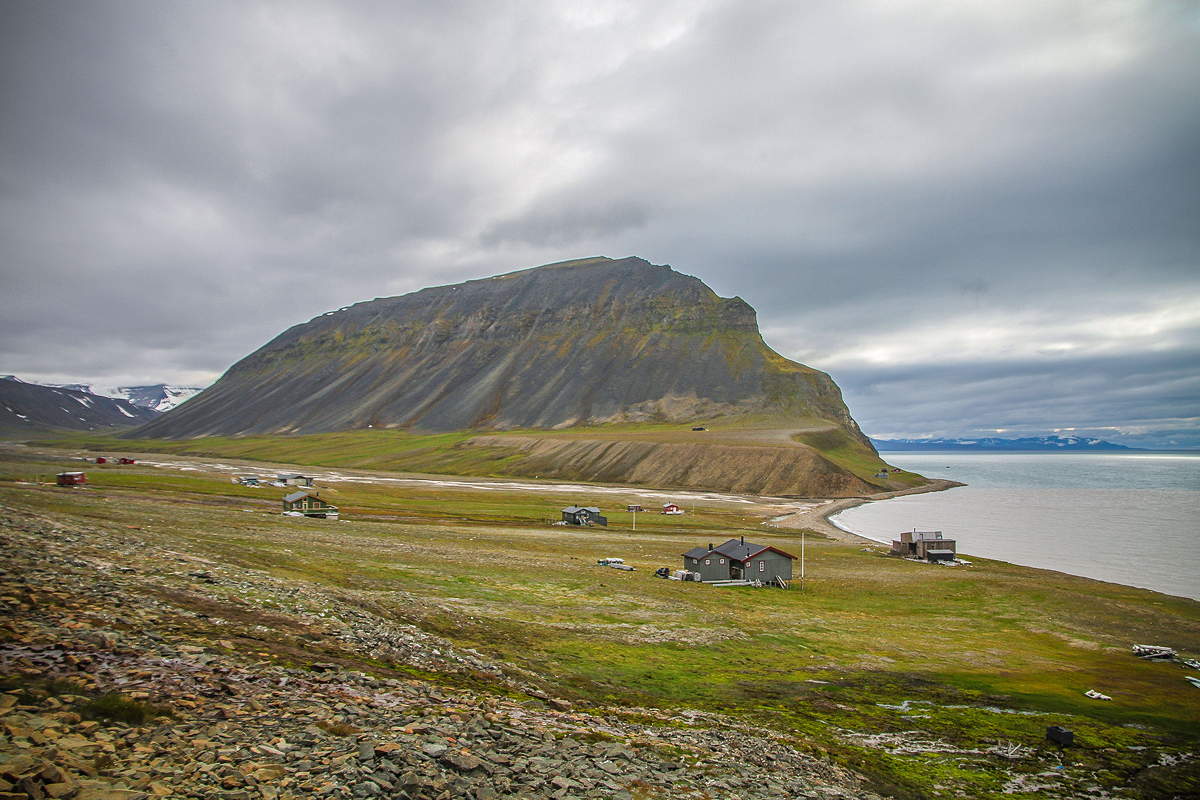Arctic Tourism | Will It Ever Be Sustainable Or Should It Stop Altogether?
The Arctic stands as one of the last frontiers for tourism and exploration, drawing numerous visitors seeking new adventures with pristine nature and wildlife. However, the impact of climate change is especially pronounced in this delicate environment. With many rushing to experience the Arctic before potentially irreversible changes, we should ask ourselves: should we even visit the Arctic? Explore the topic here!
To receive the Luxiders newsletter, sign up here.
Various studies point out that the Arctic is warming twice as fast as the rest of the globe. Researchers at the Finnish Meteorological Institute found that during the last 43 years, the Arctic has been warming nearly four times faster than the globe. The once-inaccessible Arctic is now more reachable due to melting ice, leading to a surge in the popularity of Arctic tours. Many companies are capitalising on this opportunity as people rush to witness the untamed landscapes before climate change alters them irreversibly. Unregulated human presence in the Arctic may be more harmful than helpful. Nonetheless, there is potential for tourism to transform into a constructive learning and awareness experience while maintaining sustainability.
THE ARCTIC IS A DELICATE ENVIRONMENT
The Arctic undergoes a phenomenon known as arctic amplification. It is the combination of positive feedback loops and environmental factors that intensify the temperature increase in the Arctic. The region is particularly susceptible to disturbances. The limited biodiversity has adapted to survive in very specific weather and geographical conditions.
The Arctic lies in a fragile balance unaccustomed to extensive human activity. Undisturbed by large human activity for decades, Arctic life finds itself in harmony. However, any disruption or harsh changes to the fragile balance can be detrimental to the species that specialise in surviving in such an environment. The increasing temperatures, melting ice, and shifts in weather patterns already pose threats to Arctic life. The significant increase in passenger ship activities contributes to more pollution and greenhouse gas emissions, negatively impacting the local ecosystem.National Geographic notes that, unlike Antarctica, the absence of an Arctic Treaty to regulate such activities, leaves the region vulnerable to exploitation.

© Torsten Dederichs via Unsplash

© Torsten Dederichs via Unsplash
OVERTOURISM IN THE ARCTIC
The deteriorating situation in the Arctic has impelled companies to market “last-chance tourism". This trend reflects an increasing desire to travel to the region to witness its fragile environments and wildlife "before they disappear." However, this activity presents a paradox, as the surge in tourism requires energy-intensive modes of transportation to reach the Arctic, contributing to greenhouse gas emissions. The rush to experience the North prompts more influx of visitors in the fragile ecosystem, causing additional environmental harm. The primary issue is the lack of a sustainable plan that considers the challenges the region is already facing.
ILULISSAT ICEFJORD, GREENLAND
For instance, the Ilulissat Icefjord in Greenland is a clear example of such a trend. Media often refers to the area as the 'ground zero' of climate change, sparking interest in the area. This location offers convenient accessibility for observing one of the world's fastest retreating glaciers. According to Discovering The Arctic, the glacier acts as a visual representation of global warming, losing 70 cubic kilometres of ice annually. The phenomenon draws visits not only from tourists but also from politicians, celebrities, and other influential figures to draw attention to the matter. However, its popularity might be leading to overtourism in the area.
CHURCHILL, CANADA
In parallel, Churchill, Canada is known as one of the best places for polar bear sightings. Polar bears are distinctively affected by climate change. The receding ice leads to habitat loss and depletion of food sources. Polar bear viewings are becoming rarer, and tourists are in a hurry to see polar bears before it's too late. Churchill is not connected to the rest of the region by road. This leads to carbon-intensive cruising and transportation for tourist viewings. Some visitors may decide to travel even further north when viewing becomes less frequent, leading to even more emissions. Although we might be unaware, a high amount of human activity in the area may be risking the survival of polar bears in the area.
CRUISE LINES
Large cruise lines are getting their share in the "last-chance tourism" market in the Arctic. According to the 2020 GHG study by the IMO, cruise ship activity in the region has surged by 117.87% since 2012. Generally, large cruise lines are not considered environmentally friendly, and their operations in the northern region can exacerbate environmental issues. These cruise lines often depend on heavy oils, contributing substantially to emissions in the area. Additionally, the insufficient infrastructure to handle the substantial waste generated by cruises can result in poor waste management practices in the region.
Large ships, which also include cargo vessels and tankers, can disrupt the environment by influencing wave action. This contributes to glacier calving where substantial ice chunks break off into the water. While individual vessels may not exert a direct impact, the collective traffic of numerous vessels in the area can impart considerable stress on the environment.
Moreover, the surge in tourism from cruise ships brings detrimental effects to the communities in the region. Arctic settlements are characterised by tight-knit, small communities. Namely, the Arctic Archipelago of Svalbard, particularly Longyearbyen, has gained popularity among tourists seeking to explore its pristine landscapes. However, this small community, with only a population of 2000, is increasingly impacted by cruise ship arrivals. A notable portion of its residents oppose the escalating cruise traffic. Hilde Kristin Røsvik, editor of the local newspaper Svalbardposten, told Forbes that while tourism, in general, is welcomed, large cruise ships cause problems. “The problem is too many tourists arriving all at once from a ship. It creates friction in such a small community,” she said.

© Vince Gx via Unsplash

© Vince Gx via Unsplash
SHOULD ARCTIC TOURISM STOP?
Tourism in the Arctic doesn't inherently pose negative consequences. When conducted sustainably, it has the potential to foster both the development and conservation of the region. Research in Canada revealed that tourists can form an emotional connection with the environment, prompting them to make positive changes to their lifestyles and behaviours at home. The study highlighted that visitors witnessing the diminishing glaciers in Montenvers-Mer-de-Glace gained an understanding of climate change impacts, leading to a motivation to preserve the environment and share their experiences with future generations.
As a result, heightened public awareness of detrimental activities in the Arctic can serve as a catalyst for policy changes in the region. For instance, the Alfred Wegener Institut points out that authorities implemented a ban on using heavy fuel oil as marine fuel in the Arctic in 2020, effective from July 1, 2024. Additionally, tourism, functioning as a sustainable economic driver, has the potential to steer countries away from other harmful activities such as mining, oil and gas exploration, and fishing.
Furthermore, to safeguard the environment that attracts tourism, operators can play a crucial role in advocating for policies aimed at establishing and preserving natural reserves. For instance, the International Association of Antarctica Tour Operators has formulated tourism behaviour guidelines that contribute to internationally applicable standards in Antarctica. Additionally, implementing fees for visiting these areas can help their preservation. According to Forbes, a new passenger tax in Longyearbyen, Svalbard, generates $1 million annually. This tax plays a vital role in sustaining the area and supporting the community through environmental initiatives.
HOW TO TRAVEL SUSTAINABLY
First, choose to travel in a small vessel that minimises the impact on the environment. When choosing who to travel with we can choose tour operators that focus on low-impact, slow tourism that is respectful of the environment and the local communities. We should also be mindful of our waste and engage in activities that do not disturb wildlife. Thankfully, there are initiatives that care about the region and promote sustainable travel that also raise awareness.
The Visit Arctic Europe project, backed by the European program "Interreg Nord," is enhancing tourism in the Arctic while simultaneously upholding the delicate ecosystem of the region. Beyond Arctic offers small group photography tours in the Rovaniemi and Levi areas with sustainability in mind. Another option is Secret Atlas, which is dedicated to sustainable travel on Svalbard. They employ small vessels with a capacity of just 12 people to ensure a minimal environmental footprint. They follow guidelines set by the Association of Arctic Expedition Cruise Operators (AECO) and offsets their carbon emissions through tree planting in Southern Greenland.
+ Highlight Image:
© Marcus Kauffman via Unsplash
+ Words:
Francesco Witt
Luxiders Magazine




